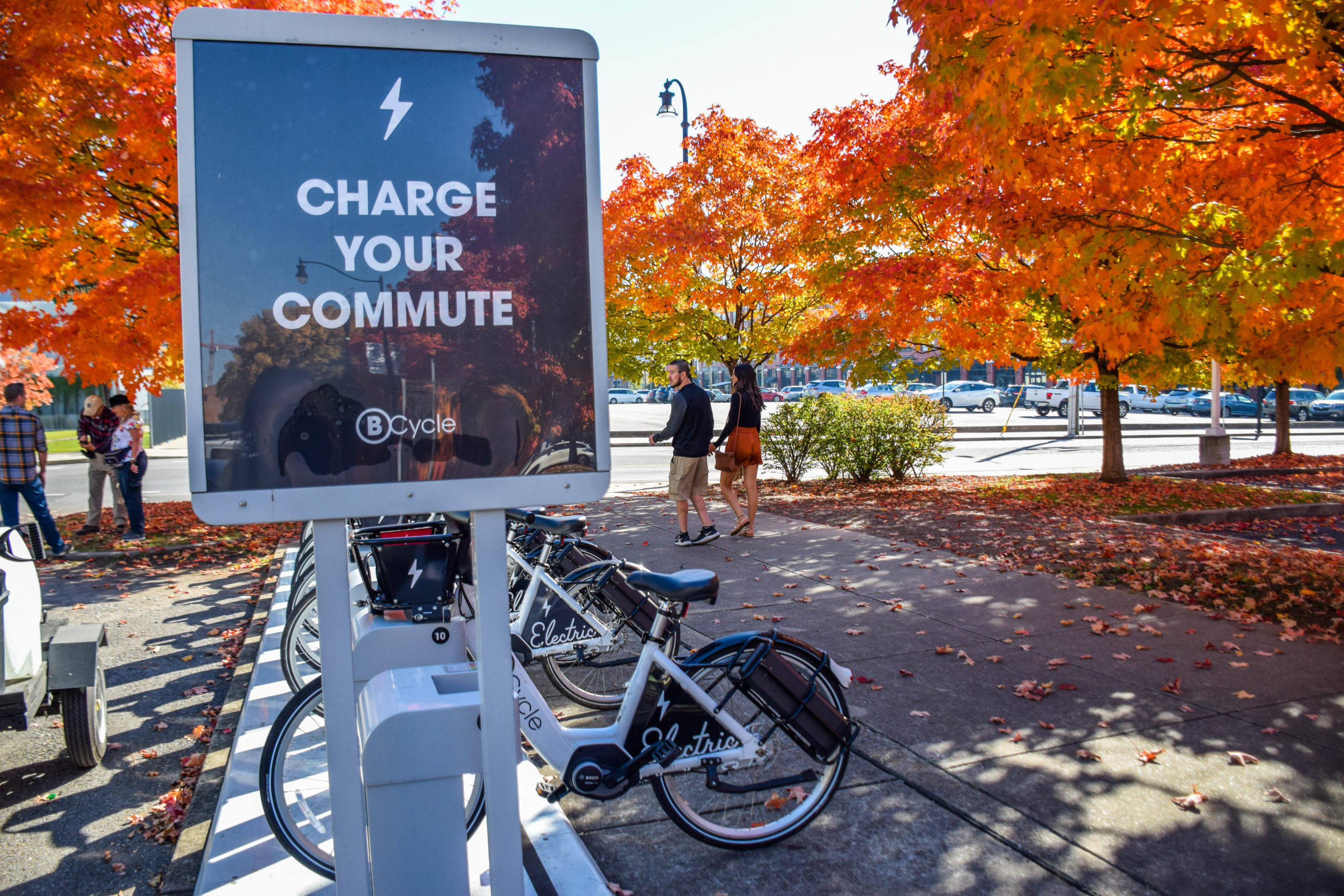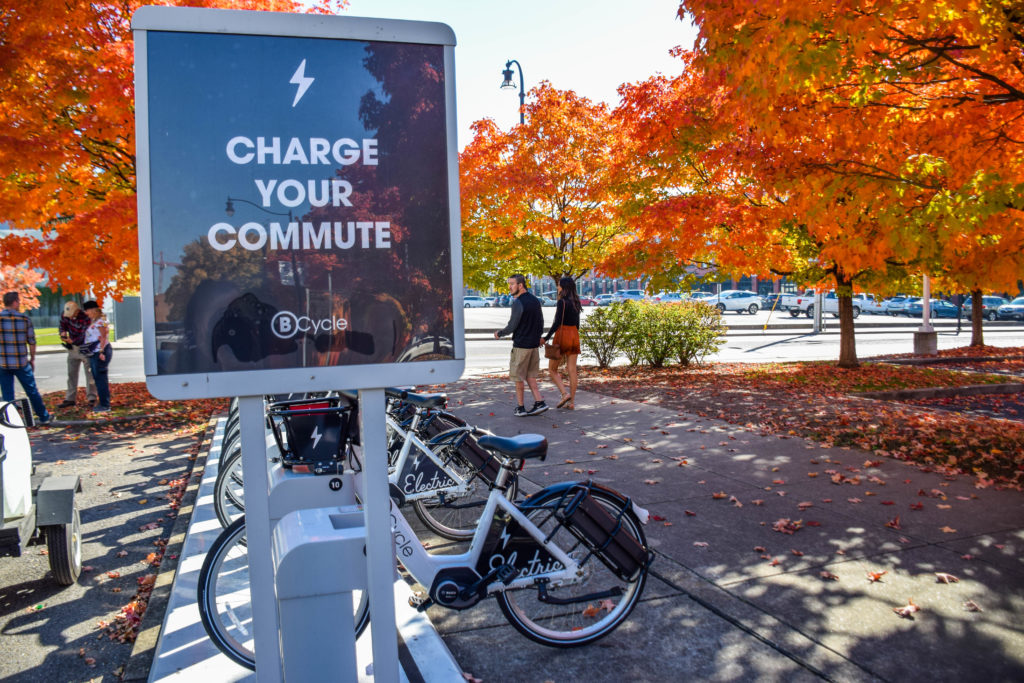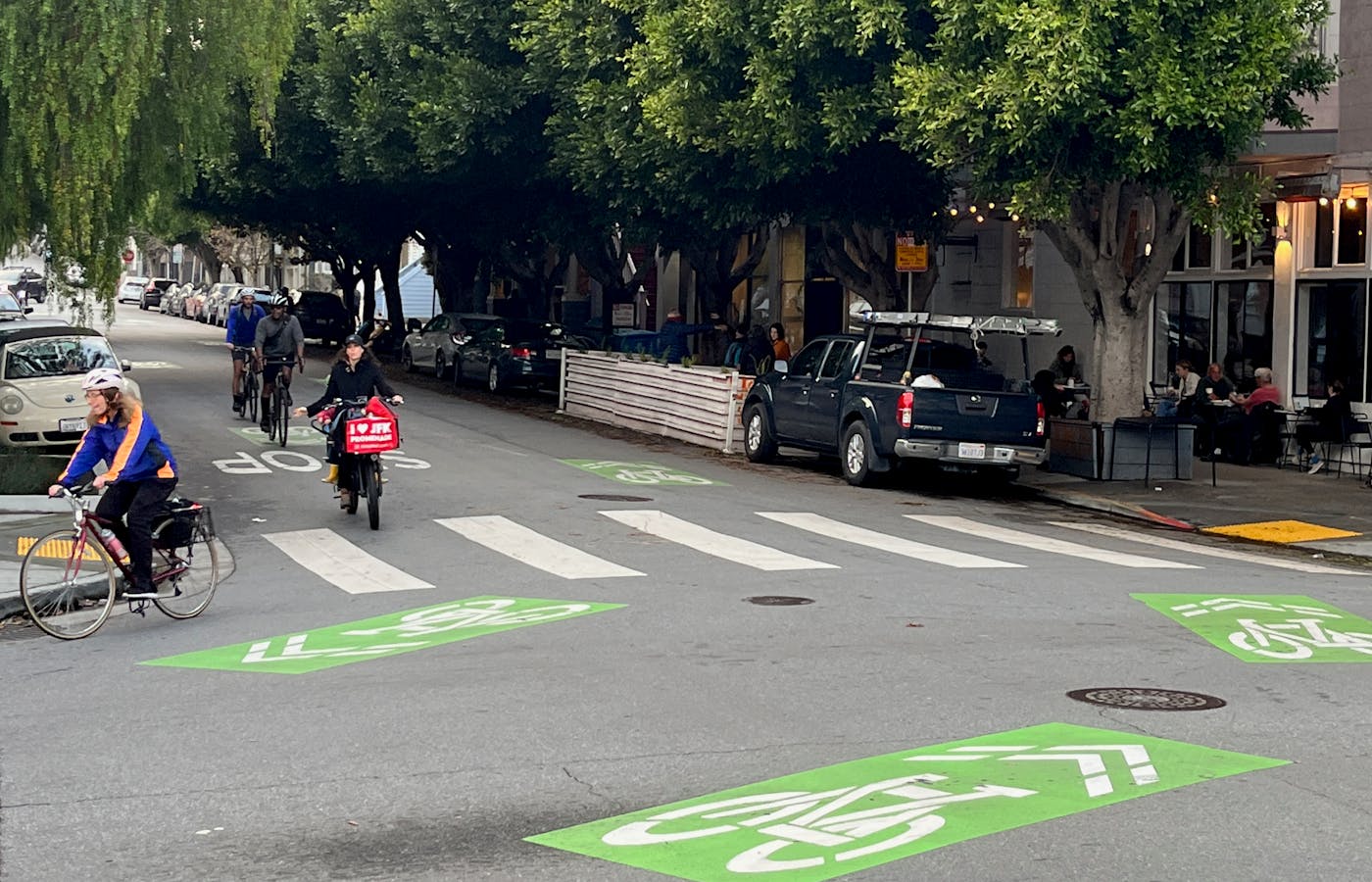You are using an out of date browser. It may not display this or other websites correctly.
You should upgrade or use an alternative browser.
You should upgrade or use an alternative browser.
Official Coli Bike/Cycling thread
More options
Who Replied?Too steep for me @ $1,000, but an interesting indoor bike concept

 www.cnet.com
www.cnet.com

This Desk-Bike Combo Charges Your Laptop While You Pedal
Acer's new desk-bike combo will charge your tech while you work.
will keep an eye out on craigslist.Too steep for me @ $1,000, but an interesting indoor bike concept

This Desk-Bike Combo Charges Your Laptop While You Pedal
Acer's new desk-bike combo will charge your tech while you work.www.cnet.com

Brandsdale
Big Yella
any recommendations on e-bikes?

Nashville residents could cash in on an e-bike subsidy from the city
If you live in Nashville and plan to buy an electric bike, it could pay off. The Metro Council will consider a resolution dedicating a million dollars of fed
 wpln.org
wpln.org
Nashville residents could cash in on a proposed e-bike subsidy from the city
AMBRIEHL CRUTCHFIELDJANUARY 18, 2023

Rachel IacovoneWPLN News
E-bikes have begun to spread in Nashville, and a decision last year allows them on the city's greenways.
If you live in Nashville and plan to buy an electric bike, it could pay off.
The Metro Council will consider a resolution dedicating a million dollars of federal COVID funds for rebates.
It’s an effort to reduce the carbon footprint, add other sustainable options for transportation and get residents using the city’s increasing bike infrastructure.
Right now, the e-bike rebates vary based on the applicant’s income and whether they purchased a standard e-bike versus an e-cargo. This type of bike allows a person to get around with their groceries, kids or packages.
For people earning below 80% of the area median income for Nashville and Davidson County (which is defined by the U.S. Department of Housing and Urban Development) or below 200% of the relevant federal poverty level, here’s a breakdown of the subsidy:
- The base level rebate is up to $300 for an e-bike or $500 for an e-cargo bike.
- The income-qualified rebate is up to $1,400 for an e-bike and up to $1,400 for an e-cargo bike.
Sledge is proposing the rebate idea based on Denver Colorado’s program.
But the city’s finance director must check the federal government’s rules to make sure COVID money can be used in this way. And the city’s COVID financial oversight committee will need to discuss the resolution.
So this week, the Metro Council delayed voting.
Last year, the city announced it was working with partners on dockless e-bikes. The city also studied the use of e-bikes on greenways and decided to continue allowing class one and twos to be used but not e-bikes that go up to 28 mph. The Greenways and Open Space Commission says they didn’t make a change since there wasn’t enough information proving e-bikes were unsafe on greenways.

We Were Wrong About Sharrows | PeopleForBikes
It was the late 1990s and I thought we were so clever. We had just convinced the San Francisco Department of Parking and Traffic to incorporate an innovative new design into its bike plan, a bold statement conveying “bikes belong” right there in the middle of the street. I had first seen a...
January 19th, 2023
We Were Wrong About Sharrows
By: Dave Snyder, PeopleForBikes’ senior director for infrastructure
The former executive director of the California Bicycle Coalition was a key player in the proliferation of shared lane markings. Twenty years later, he’s disillusioned with them.
It was the late 1990s and I thought we were so clever. We had just convinced the San Francisco Department of Parking and Traffic to incorporate an innovative new design into its bike plan, a bold statement conveying “bikes belong” right there in the middle of the street. I had first seen a shared-use marking, or “sharrow” — a white bicycle painted directly on asphalt — in photos of Paris and Chicago, put there to help bicyclists get through intersections by indicating their path of travel. In 1993, James McKay, a bike planner in Denver, used it on a trial basis to emphasize a bicyclist’s right to ride in the middle of the lane.
I was the young executive director of the San Francisco Bicycle Coalition. We published a hard-hitting newsletter and organized leaders from businesses, churches, community organizations, youth groups, and more into a coalition that was giving unprecedented voice to the demands of San Franciscans for safer streets. Looking to those examples from Chicago, Paris, and Denver, we pushed to get an improved version of the sharrow design formally included in the city’s bike plan and approved for use by the state of California. Mayor Willie Brown famously painted the first sharrow on Grove Street outside of City Hall, getting some green paint on his fancy suit and laughing it off in his inimitable style.

The City of Oakland, CA, experimented with this "super sharrow" on 40th Street in hopes that the symbol would be more effective if underlined by green pavement. It didn't work, and the USDOT did not approve the treatment.
San Francisco went on to paint thousands of these symbols all over its bike network, and hundreds of cities followed suit. I thought the sharrow would educate bicyclists to stay out of the “door zone”— the three or so feet of space adjacent to parked cars where motorists opening car doors and bicyclists could collide — and usher in a new era of safer streets, one where motorists would patiently wait behind bicyclists “taking the lane” because this painted symbol made it clear they had the right to do so. Where we couldn’t get a bike lane, I hoped this symbol would effectively convert the mixed-traffic lane into an adhoc bike lane when bicyclists were present.
I was wrong.
It turns out that motorists really don’t like to wait behind someone on a bike, regardless of the paint on the street. Even Oakland’s experiment with the so-called “super sharrow,” where the bicycle path of travel is painted solid green, isn’t enough to get people on bikes to comfortably “take the lane.” Sharrow or no sharrow, most people on bikes dangerously hug the edge of the roadway, squeezing themselves into the door zone to avoid blocking car traffic.
Simply put, sharrows don’t do what we hoped they would. Studies back up that claim.
Early research in San Francisco and Florida showed evidence that behaviors changed slightly on streets with sharrows. For example, some bicycle riders positioned themselves a few inches further from the curb or car doors. A 2010 evaluation of shared lane markings in three separate cities again showed that the markings had some positive impact on behavior. Looking closely at the results, however, it was clear the changes were too minor to make a difference. After Oakland’s experiment with the super sharrow, the Federal Highway Administration announced it would not support future experiments, and Oakland does not plan to continue the treatment when it repaves the street.
San Francisco still uses sharrows, but for the most part, city officials know better than to expect them to do much for safety. Today, beautiful sharrows point bicyclists along the circuitous path of the “wiggle,” where a right-left-right-left series of turns directs riders on a gentle grade between San Francisco’s steep hills. They are great for navigation and, perhaps, concentrating riders on certain streets — that’s about it.

Bright green arrows are useful for marking the zig-zag path that takes bicyclists across San Francisco while avoiding the steep hills.
It’s been more than 20 years since I had high hopes for the sharrow as a tool for safety. Today, we know so much more about what it takes to make our streets safer for bicycling. We need separate bike paths; we need protected bike lanes on busy roads; and where the lanes are shared, we need actual speeds reduced to 20 mph or slower. Sharrows don’t do any of that.
Sharrows do, however, accomplish something pernicious which I did not anticipate. They allow officials to take credit for doing something for bicycle safety without impacting car traffic, even though that something is next to nothing. It’s just pretending, and it’s worse than being honest about priorities. It’s insulting to the public to encourage bicycling by painting bike symbols on the street but doing nothing to actually make riding a bike any safer.
Yes, good bike infrastructure can require tradeoffs that are more politically challenging than simply painting a symbol on the street. Now, at PeopleForBikes, I’m part of a team that has successfully helped cities build networks of bikeways that actually get more people riding safely and joyfully. We help city leaders with communications, organizing, and political strategies to overcome the challenges they will surely face in building truly effective infrastructure.
We never suggest using sharrows to create a bikeway. We’ve learned our lessons. Now that we know better, it’s time to do more.

Amsterdam’s underwater parking garage fits 7,000 bicycles and zero cars
https://www.theverge.com/23572761/amsterdam-underwater-bike-garage-future-of-transport Jan 27, 2023, 2:40 AM EST The four-year, $65 million project has everything — and nothing — to do with the automobile. By THOMAS RICKER / @trixxy That’s not water you see above in those circular windows...
 www.thecoli.com
www.thecoli.com

Betting on e-bikes
Automotive stalwarts such as BMW, Porsche and German supplier Robert Bosch are betting that e-bicycles will become a lucrative business as consumers look for newer, cheaper and eco-friendly ways to get around.
Betting on e-bikes
Automotive stalwarts such as BMW, Porsche and German supplier Robert Bosch are betting that e-bicycles will become a lucrative business as consumers look for cheaper, eco-friendly ways to get around.
January 29, 2023 10:12 AM

Early during the pandemic, many cities began to experiment with providing more walkways and removing street parking to provide more room for cyclists.
Automotive stalwarts such as BMW, Porsche and German supplier Robert Bosch are betting that e-bicycles will become a lucrative business as consumers look for newer, cheaper and eco-friendly ways to get around.
McKinsey & Co. projects that the micromobility market will grow by 9 percent annually to reach a cumulative $260 billion by 2025. Bikes, including manual and electric ones used in bike-share services, will account for about $180 billion of that, with e-bikes accounting for a growing share of that market.
"In most markets, e-bikes are growing anywhere between 5 and 15 percent per year, while conventional bikes are growing more like 2 percent per year," said Kersten Heineke, leader of the McKinsey Center for Future Mobility. "They're cannibalizing conventional bike sales."
E-bikes are popular in countries with strong biking cultures, such as Germany, Heineke said. They're starting from a lower point in the U.S., where decades of car-centric urban planning have made bicycling as a form of transportation sometimes difficult or unsafe.
For the U.S. e-bike market to grow rapidly, cities and bike manufacturers will need to make sure riders feel safe and that they feel like they are getting significant value for their money, said Carla Bailo, an industry consultant.
"People have to feel safe in them and in their ability to get around, and where the infrastructure for that exists is where sales are going to compound," she said.
Public-private partnerships will be needed to boost safety and prompt U.S. cities to rethink their approaches to infrastructure, transit and urban planning, Bailo said. Bicyclists often have to share the road with vehicles or ride on sidewalks alongside pedestrians, unsafe approaches that often result in collisions.

City infrastructure
Early during the COVID-19 pandemic, many American cities began to experiment with providing more walkways and removing street parking on crowded roads to provide more room for cyclists and pedestrians. That trend is likely to continue, Bailo said.
"Cities are looking for other ways to move people around other than just buses and cars," she said. "The whole way that we lay out cities and manage transportation options needs to be revised."
Automotive companies have noticed how cities are rethinking transportation and infrastructure and see an opportunity in e-bikes and other nonautomotive forms of mobility, Heineke said.
"They recognize that certain people will continue to buy cars in the future but might use their cars less and complement them with other modes of transport for certain use cases," he said.
Bosch, the world's largest auto supplier, has invested significant resources into its e-bike systems business in recent years. The company sees itself helping to "bring in a new era of mobility" centered around sustainability, safety and excitement, said Claudia Wasko, general manager of Bosch eBike Systems Americas.
"With e-bike systems, we achieve all of that," Wasko said. "E-bikes are pioneering for mobility, and they're a big success for us."
Micromobility investments
Not all investments into e-bikes, scooters and other forms of micromobility have paid off. General Motors killed its Ariv e-bike business as the pandemic began in 2020, whileFord quietly sold its e-bike and scooter division, Spin, in March 2022.
But others have stuck with it. Porsche acquired a majority stake in Croatian e-bike maker Greyp in late 2021, while Vietnamese automaker VinFast displayed four e-bike concepts at its booth at CES this month.
"The demand for bicycles continues to grow and be significant," Heineke said.
Cost will also remain an important factor for e-bike manufacturers as they look to expand the market for their products, Bailo said. According to the National Conference of State Legislatures, e-bikes cost between $2,000 and $3,000 on average compared with about $1,000 on average for a traditional, midrange commuter bicycle.
States and municipalities are considering e-bike rebates to encourage sales. California this year will launch a $10 million program to provide consumers with up to $750 for a typical e-bike, while cities including Nashville, Atlanta and Washington, D.C., are considering programs of their own.
The e-bike market could take off, Bailo said.
"I'd anticipate by 2025, the market will double for e-bikes and grow even further beyond that as people seek to have a more eco-friendly way to get around, as infrastructure improves and as the price of e-bikes comes down," she said.

Houston's bike sharing system will be folded into Metro, linking transit and bicycles for mobility options
Houston's bike sharing system will be folded into bus and rail operations, linking...
Struggling Houston bike sharing system will be integrated into Metro operations
Dug Begley
Jan. 26, 2023
Updated: Jan. 26, 2023 3:33 p.m.

A B-Cycle station at Sawyer Yards is photographed Jan. 18, 2023, in Houston. The Metropolitan Transit Authority board on Thursday approved integrating the bike sharing system into Metro, over a six-to-nine month transition.
Yi-Chin Lee/Staff photographer


Houston’s bike sharing system, which struggled in affording to maintain its growing system of docked bicycles mostly within Loop 610, got a boost Thursday when Metro officials approved folding the system into its own operations.
“I think it is critical to helping folks move around the city,” said Metropolitan Transit Authority board member Chris Hollins.
The Metro board approved a six-to-nine month transition period where operations now overseen by the nonprofit Houston Bike Share will move into the transit agency. Officials said rolling the bike borrowing system into the transit made sense both to address linking people with available transit and shift bike sharing to more areas of the city.
“It is just impossible for the bus service and light rail on its own to operate and provide total coverage,” said Kristina Ronneberg, policy and advocacy director for BikeHouston, which encourages improved cycling access in the city.
Ronneberg called merging transit and cycling planning a “natural fit” to leverage not only increased bike lane building in Houston, but also add bike sharing in neighborhoods where people are interested in avoiding car trips.
“These two services need to be coordinated and seamless,” she said.
In a letter of support, Harris County Precinct One Commissioner Rodney Ellis agreed, noting the investment bike sharing made in areas around Texas Southern University, Houston Community College and University of Houston.
“Houston BCycle offers a unique opportunity for Metro to expand access to public transit service in both urban and suburban areas with access to safe bicycle infrastructure,” Ellis wrote.
Though the board only approved a temporary transition, and $500,000 to allow bike sharing to continue to operate about half of the BCycle system, the intent is for Metro to keep operations going past 2023, CEO Tom Lambert said.
In November, the nonprofit shut down about half of the 153 kiosks around Houston where people could check out a bike, citing the low use in winter and need to control costs.
“We received funding for expansion, but revenue has not kept up with the pace of expansion or the costs associated with maintaining the additional stations and bikes,” said Remy Vogt, community outreach manager for Houston Bike Share.

A B-Cycle station outside the Harris County Civil Courthouse is shut down and wrapped in black plastic on Jan. 18, 2023, in Houston. B-Cycle shuttered about half of the 150 stations in the area in November, as part of what they call a cost saving move during winter.
Yi-Chin Lee/Staff photographer
